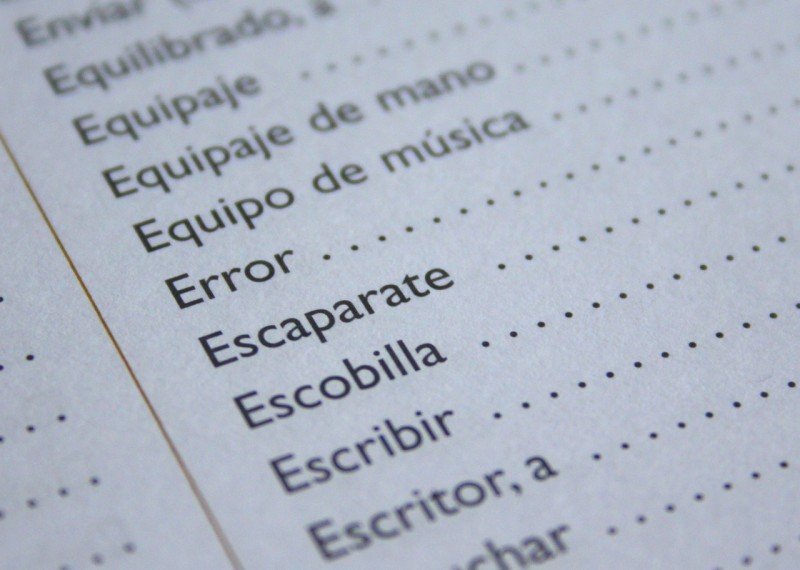Are you ready to master Spanish? Building a strong vocabulary is key to becoming fluent in any language. Here are some basic Spanish words and phrases to get you started:
1. Hello: Hola
2. Goodbye: Adiós
3. Please: Por favor
4. Thank you: Gracias
5. Yes: Sí
6. No: No
7. Excuse me: Disculpe
8. I’m sorry: Lo siento
9. How are you?: ¿Cómo estás?
10. I don’t understand: No entiendo
Learning these basic words and phrases will help you navigate conversations in Spanish-speaking countries. Practice using them in everyday situations to build your confidence and fluency. Remember, practice makes perfect when it comes to learning a new language. ¡Buena suerte! (Good luck!)
Grammar Rules Made Easy
One of the biggest hurdles when learning a new language like Spanish is mastering its grammar rules. But don't worry, we're here to make it easy for you!
First and foremost, understanding the basic parts of speech is crucial. In Spanish, nouns are either masculine or feminine, while verbs must agree in gender and number with the subject. Adjectives also need to match the noun they describe in gender and number, which can seem overwhelming at first. However, with practice and repetition, you'll soon get the hang of it.
Another important rule to remember is the placement of pronouns in a sentence. In Spanish, pronouns typically come before the verb, unlike in English where they come after. This might take some getting used to, but with enough exposure and practice, it will become second nature.
Lastly, mastering verb conjugation is key to speaking Spanish fluently. Regular verbs follow predictable patterns, but irregular verbs can be tricky. Make sure to study common irregular verbs and their conjugations to avoid any confusion.
Conversational Phrases for Everyday Use
Learning to speak Spanish fluently requires not only mastering grammar and vocabulary, but also understanding how the language is used in everyday conversations. Below are some essential conversational phrases that will help you navigate daily interactions with confidence.
Greetings and Introductions:
Asking for Directions:
Ordering Food and Drinks:
Practice Exercises to Improve Your Skills
Now that you have the essential learning books to help you master Spanish, it's time to put your skills to the test with some practice exercises. These exercises will not only reinforce what you've learned from the books, but also help you improve your language skills in a fun and engaging way.
One effective way to practice your Spanish skills is by writing daily journal entries in Spanish. This will help you become more comfortable with expressing yourself in the language and improve your vocabulary and grammar skills. You can start by writing about your day, your thoughts, or anything else that comes to mind.
Another great way to practice is by engaging in conversations with native Spanish speakers. You can join language exchange groups or online forums to find language partners who are willing to help you practice. Speaking with native speakers will improve your listening and speaking skills, as well as provide you with valuable feedback on your pronunciation.
Lastly, don't forget to incorporate listening and reading exercises into your daily practice routine. Listen to Spanish podcasts, watch Spanish movies or TV shows, and read Spanish books or articles to immerse yourself in the language. This will help you improve your comprehension skills and expose you to different accents and dialects.



